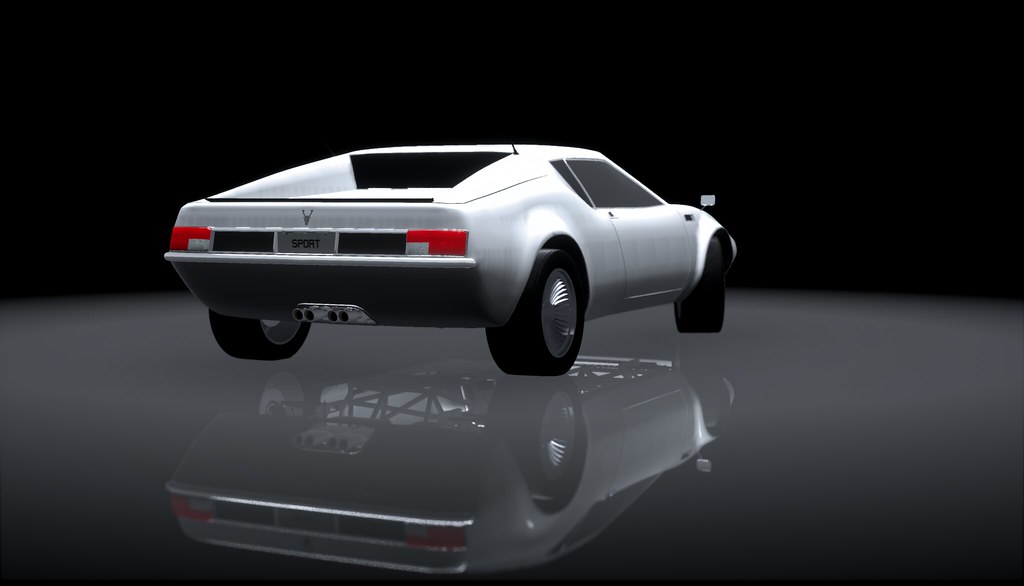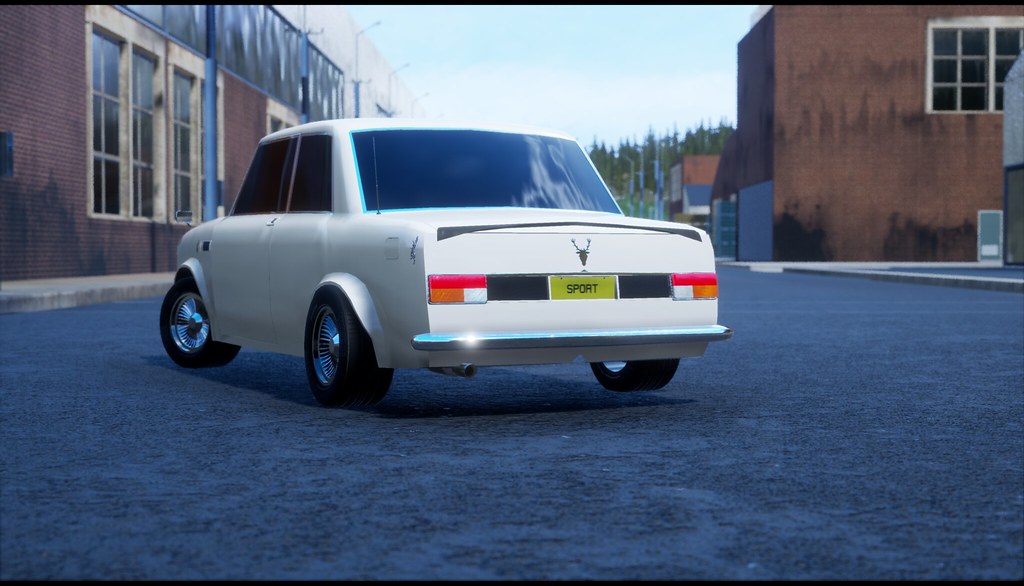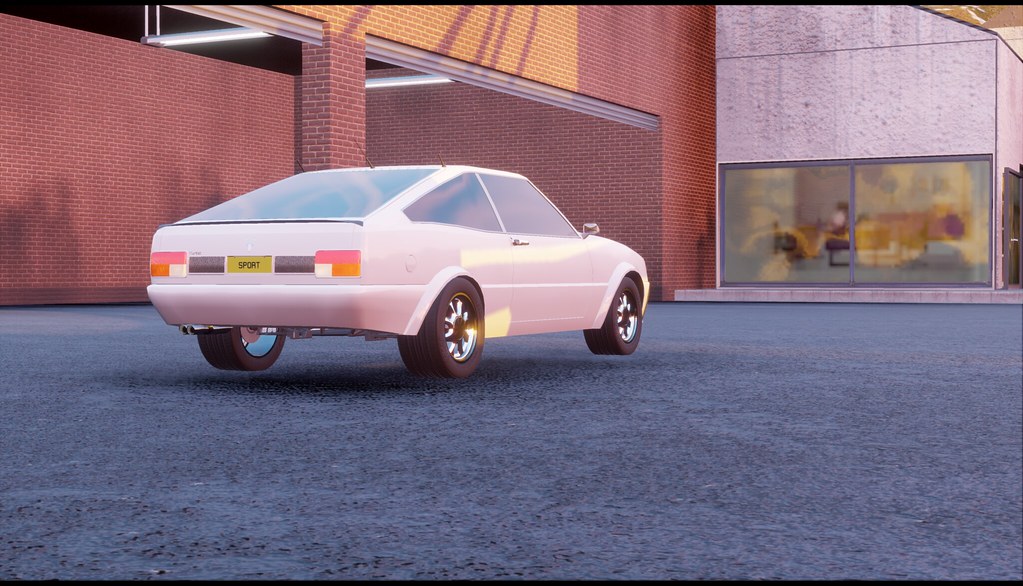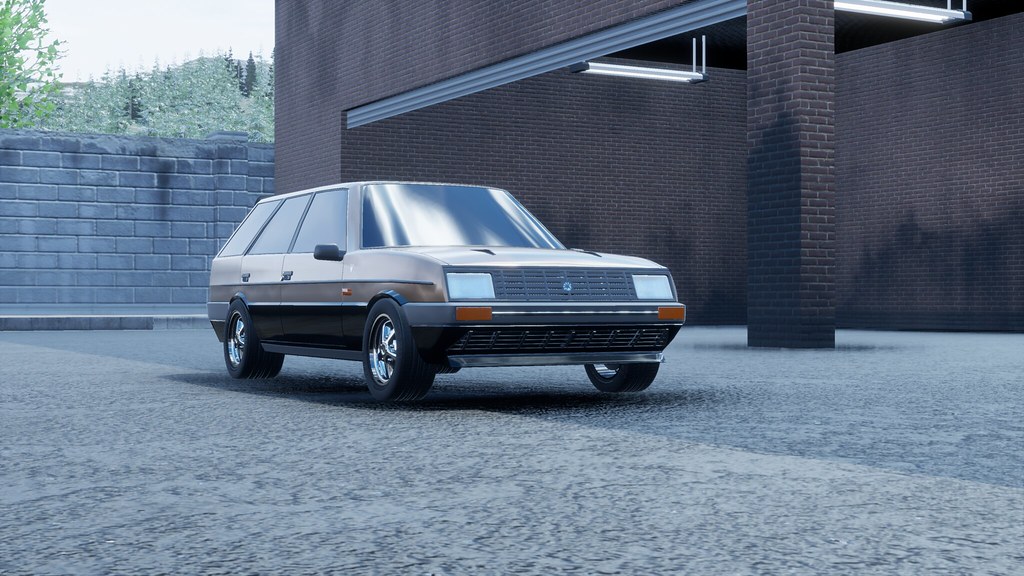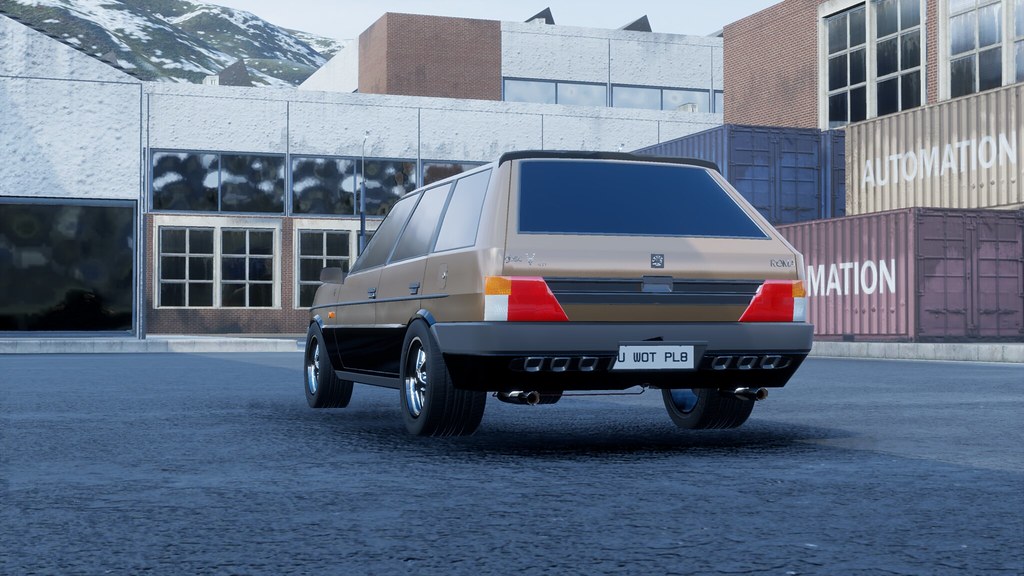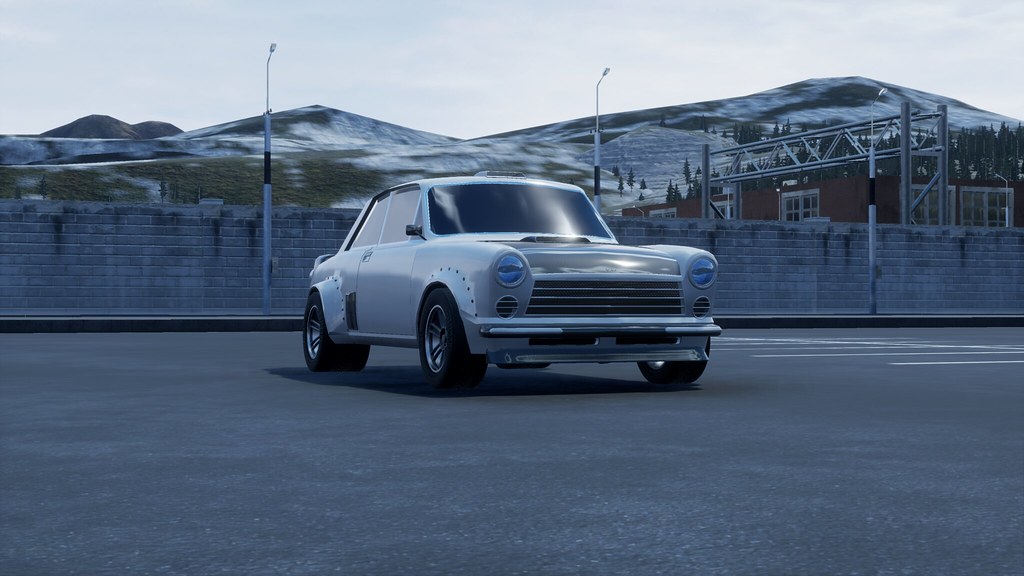Founders
- Gabriel Zakowski, Polish Refugee after WW2
- Christopher Greenway, English Businessman and Aircraft Mechanic During WW2
- Lucien Vear, English Tank Mechanic During WW2
- Armand Jacquemoud, French Artist turned Automotive Designer
Christopher and Lucien, good friends since high school, always had an interest in Engines. Be they Aircraft, Tank, or Boat. Christopher had completed a business degree just before WW2 had kicked off, meaning he had the knowledge for running a company. Lucien’s father had died in 1941, and his mother in 1943. This left him with a rather large sum of money from the estate and inheritance. They decided at that point to capitalise on Britain’s post-war economy. In 1947, Christopher and Lucien had purchased a large warehouse on the outskirts of Leeds. It was purchased with the intent to Produce and Maintain Aircraft engines. In 1948, Gabriel Zakowski had joined the team. Gabriel had previously been an Automotive Mechanic in his native Poland, and saw an opportunity to join this small company, at the time called Greenway-Vear Engines.
Come the tailend of 1948, of the 30-ish engines made, not a single one had sold to any company. Lucien and Christopher decided to strip down the engines, and sell what they had. Gabriel piped up at the idea of building automobiles, to which both Lucien and Christopher decided to follow through with in a “Why not?” decision. In January 1949, a notice was put out in the local newspapers for a company looking for an artist. Of the 10 responses, only one turned up to the interview. He was Armand Jacquemoud, a french Migrant after the outbreak of WW2. He was given a month to prepare a design, and was told to report back when he was done.
February 1949, and Armand had returned with a design. This design was instantly liked by Gabriel and Christopher. The Original design called for a rear-mounted flat-4 motor, however that was scrapped instead for a front mounted Inline 4, which would become the companies first produced vehicle.
The name would come about when Lucien wished to enter the first 125GT at LeMans. From then on, the company would be known as Great British Sports Cars.








